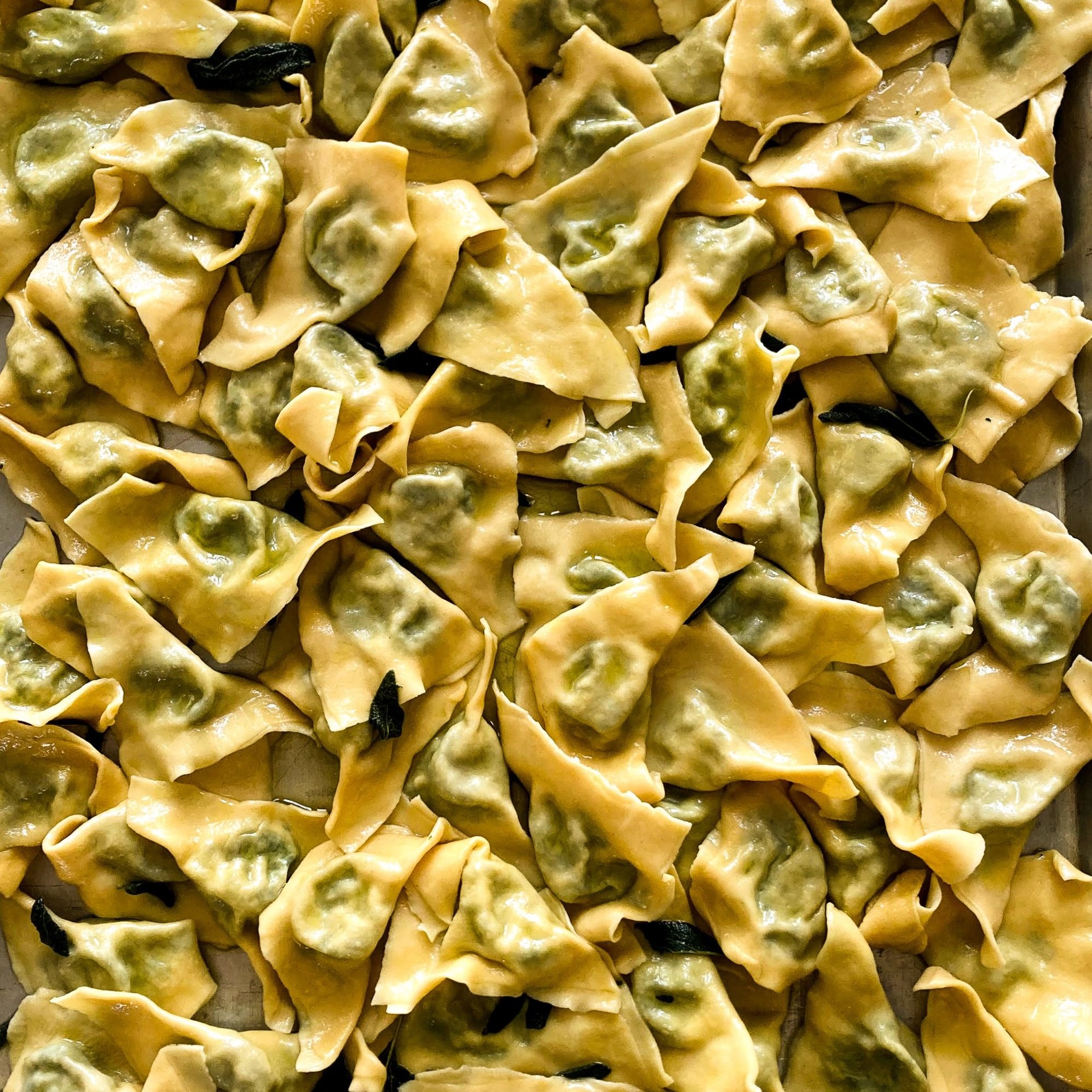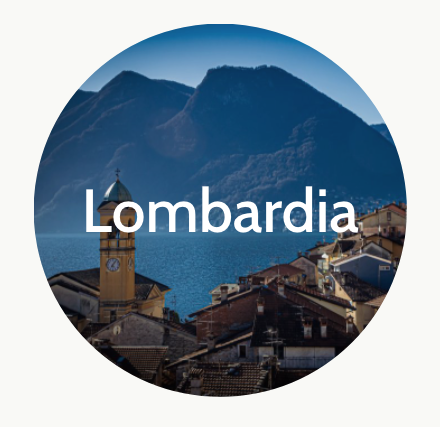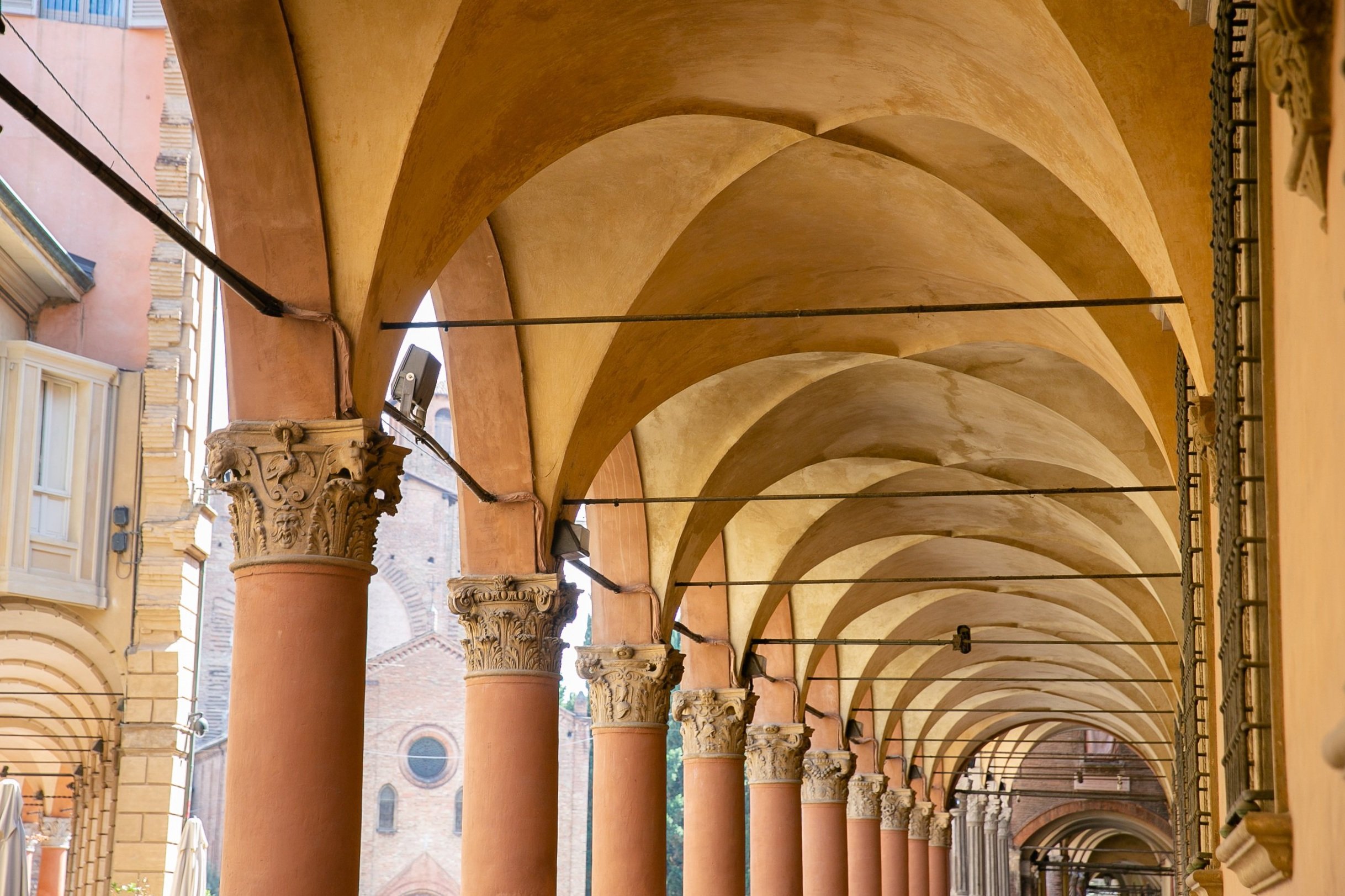
Emilia Romagna
Rolling green hills, medieval cities, and the heart of Italy’s food culture.
Learn about Emilia-Romagna, truly the food lover’s paradise. Italy’s most important food valley, the region is often associated with the color red: the color of the rooftops in the city of Bologna from which the ragu’ alla bolognese originate, and the color of the racing car Ferrari which is manufactured nearby. Emilia Romagna is also the native home of Giuseppe Verdi and Pavarotti, and the land of some of Italy’s most beloved food exports, including Parmigiano Reggiano, Prosciutto di Parma, and Aceto Balsamico di Modena (balsamic vinegar).

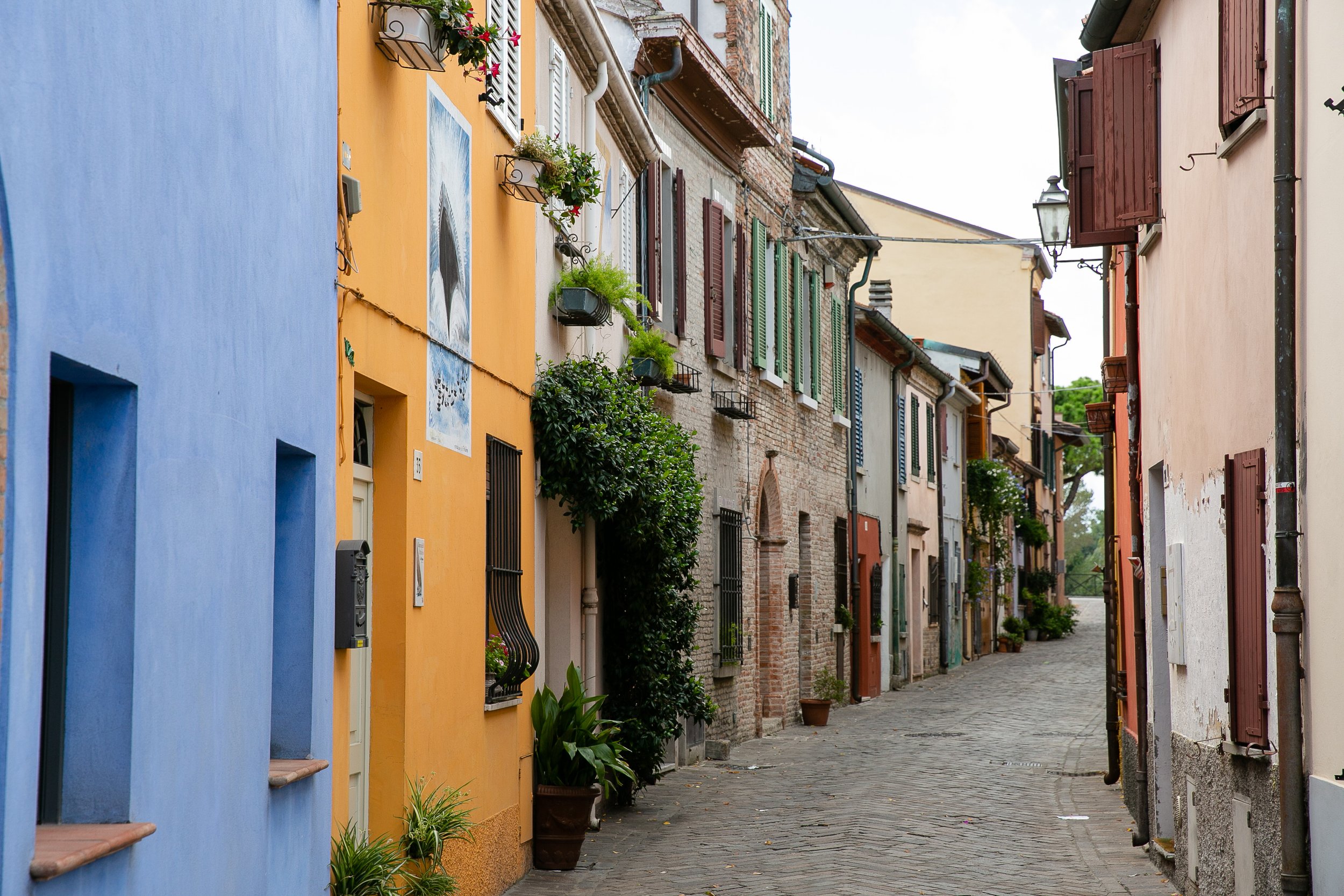
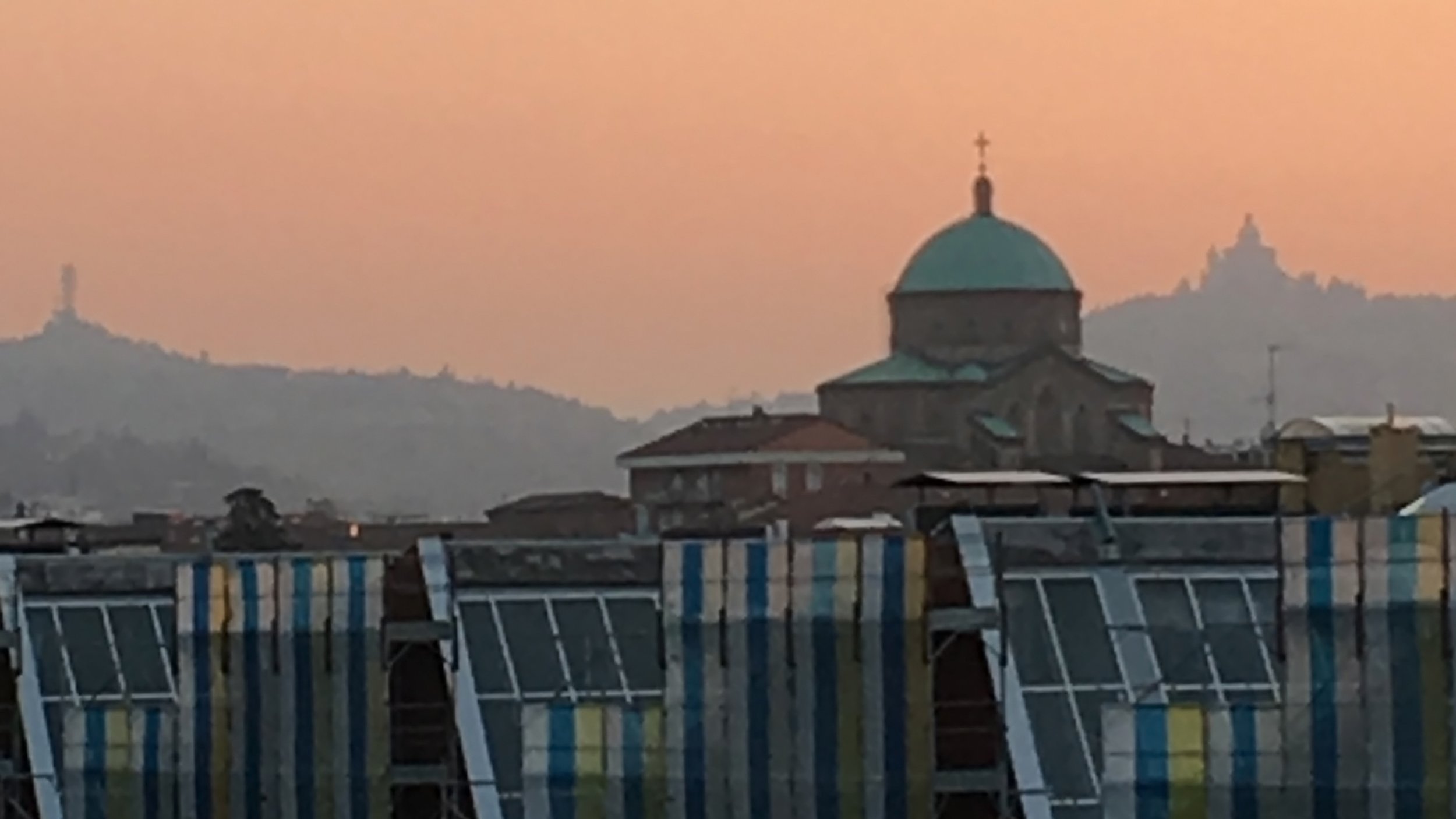
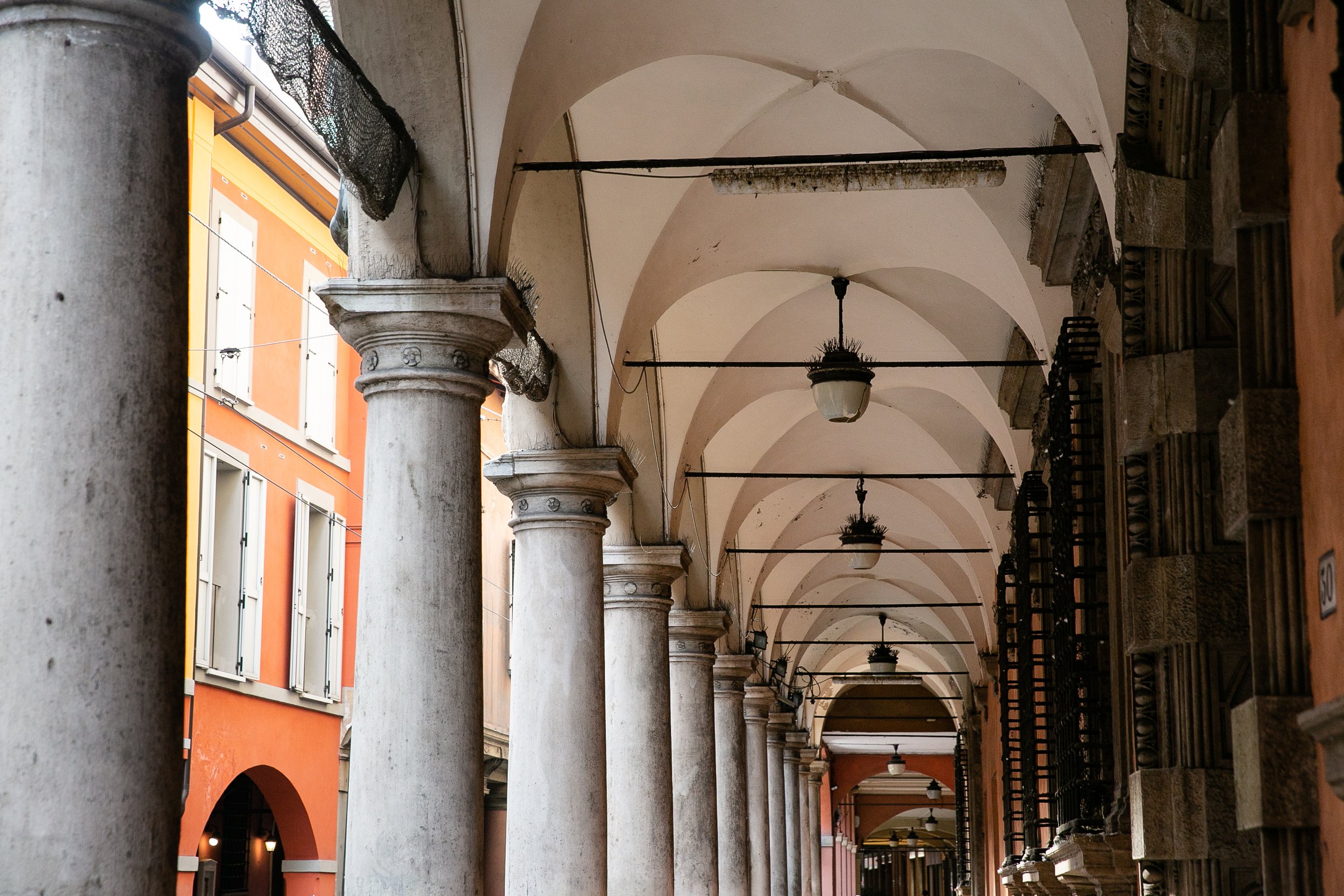
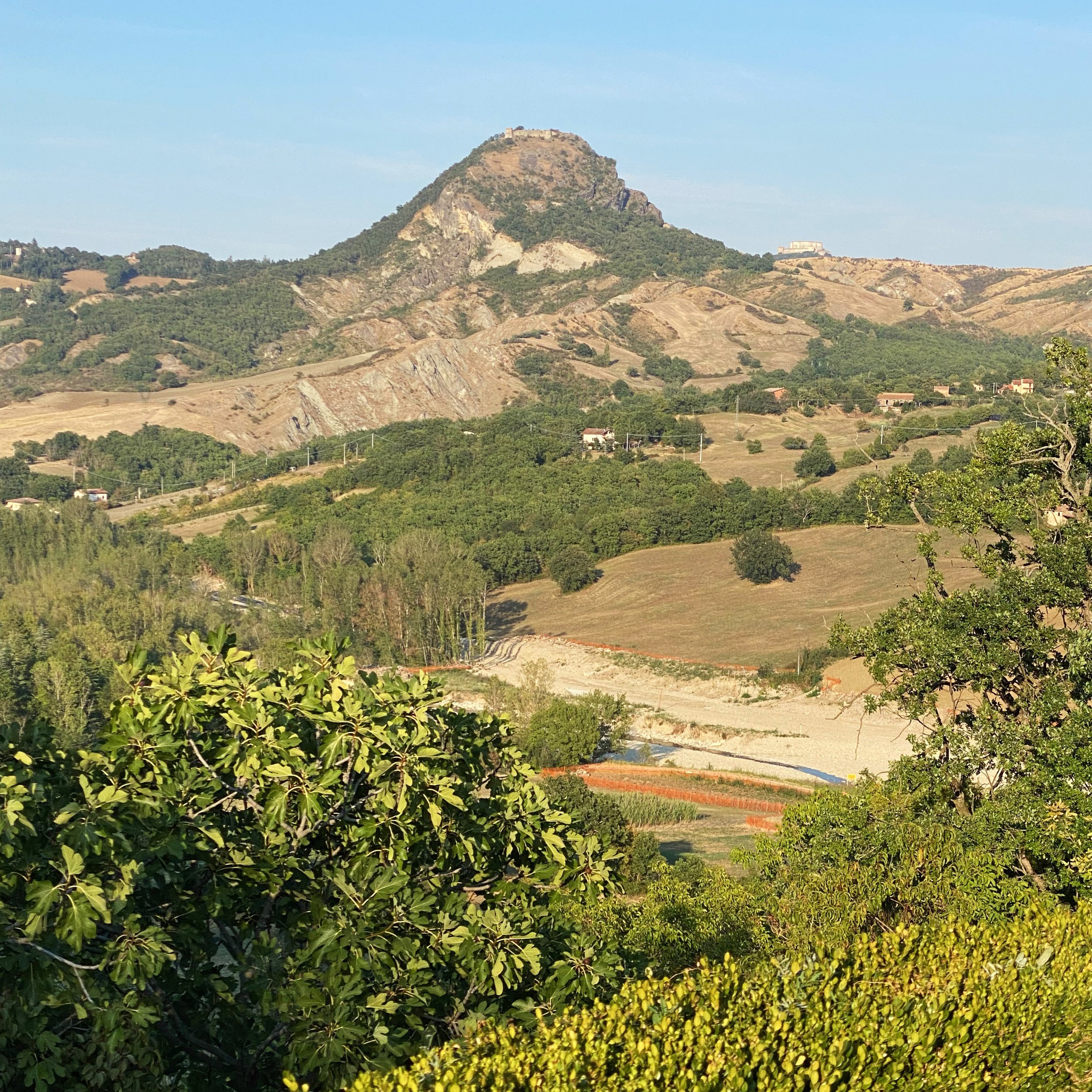
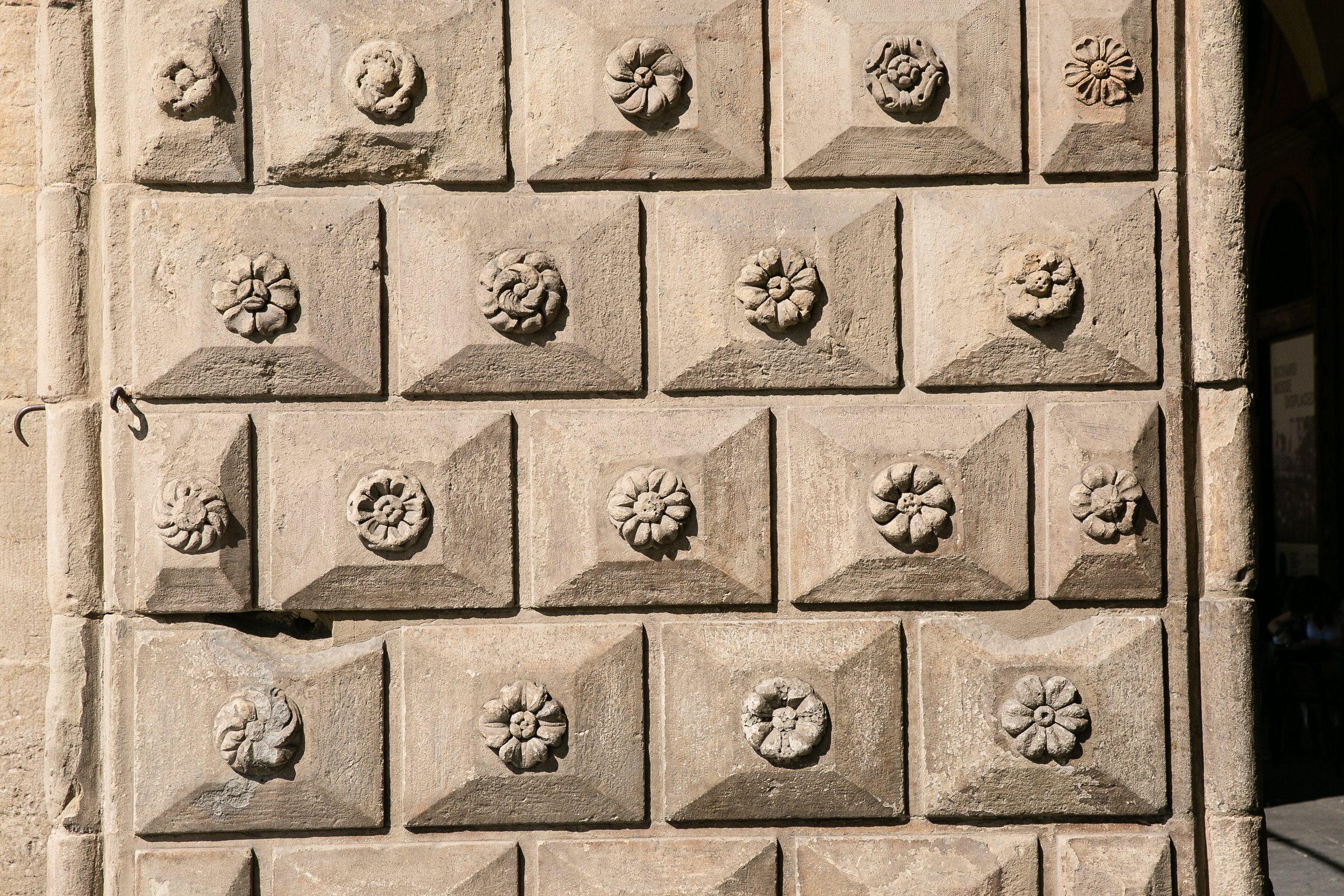
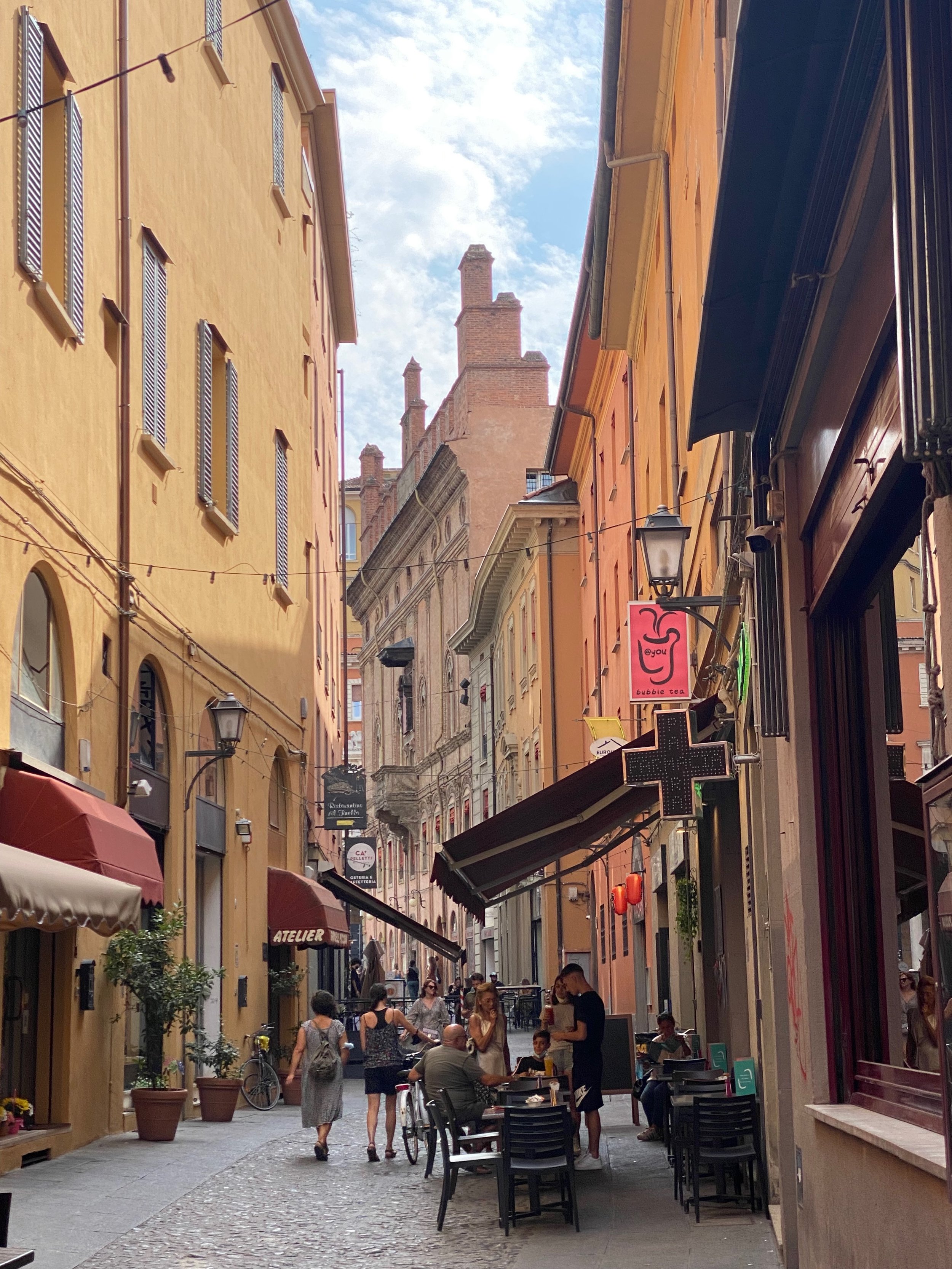
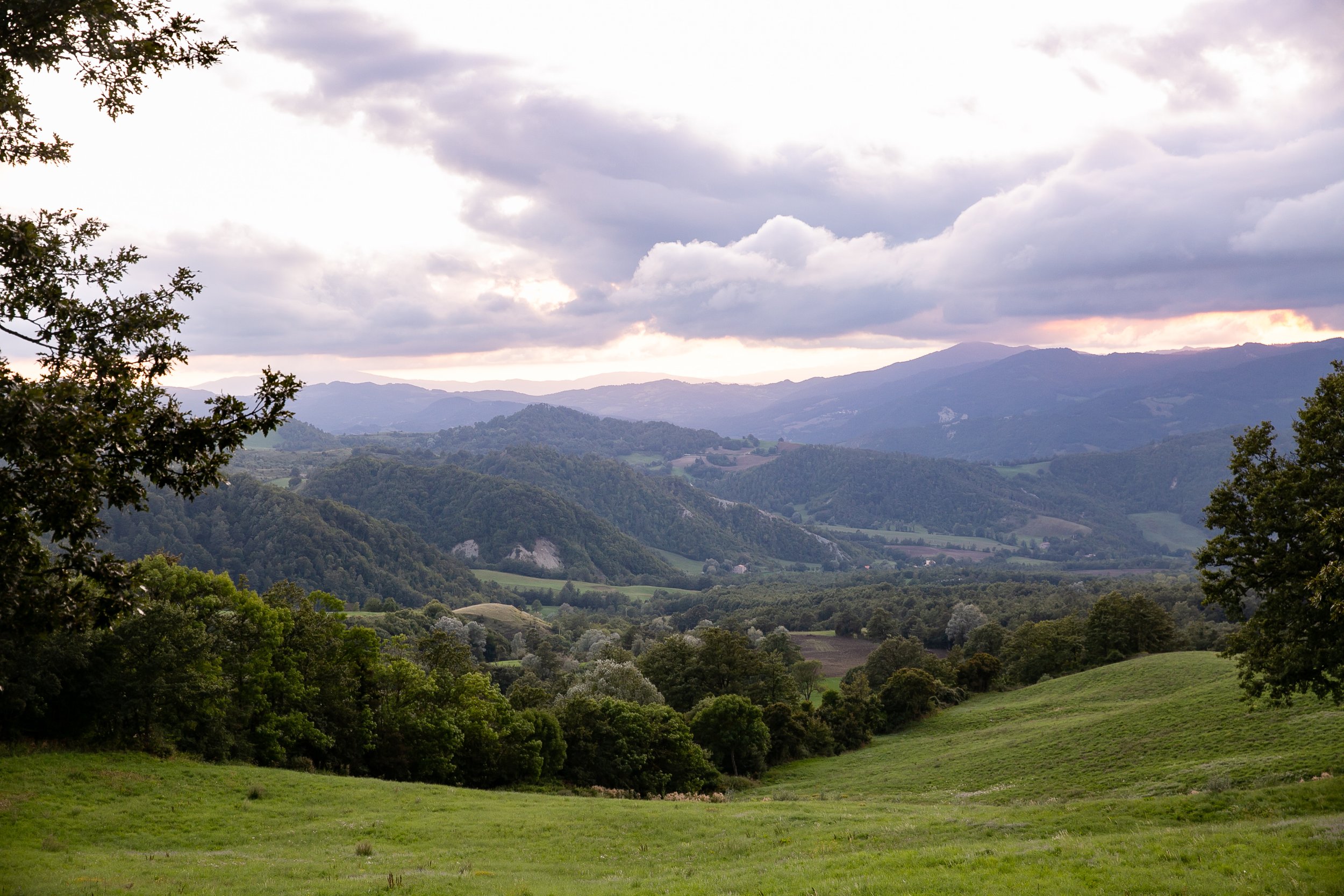
Explore Emilia Romagna through an Italy with Romina event
featuring one of the interesting pastas below.
Tortellini
Widely considered the king of the fresh egg pasta, tortellini is a type of pasta that truly stands out when it’s fresh. Filled with a special blend of cheese and/or meat, the tortellini shape is made wrapping the pasta around your fingers. It’s as delicious as the meaning of its name: little cakes.
Tortelloni
Tortelloni are stuffed pasta with a similar shape as tortellini, but larger and with the extremities closed differently. They’re traditionally stuffed with ricotta cheese and leaf vegetables (parsley, spinach, chard) but also sometimes with porcini mushrooms or walnuts. As one of the few Northern Italian pasta dishes with no meat content, they are a traditional dish for Christmas Eve.
Ravioli di Spinaci
These popular ravioli are commonly square, though other forms are also used, including circular and semi-circular (mezzelune) and triangular. Their name varies according to the region and contains a filling, which is usually ricotta, spinach and nutmeg (but in some regions of northern Italy also meat). The word 'ravioli' means "little turnips" in Italian dialect.
Tagliatelle
Tagliatelle are long flat ribbons that are similar in shape to fettuccine but have their own personality and purpose. Their name is derived from the Italian tagliare meaning "to cut”. Tagliatelle can be served with a variety of sauces, though the classic is the meat sauce: ragù bolognese. Legend has it that tagliatelle was created by a talented court chef, who was inspired by Lucrezia d'Este's hairdo on the occasion of her marriage to Annibale II Bentivoglio, in 1487.
Farfalle
Widely loved for their unique “butterfly” shape, Farfalle have a long and storied history. Dating back to the 16th century, this distinctive pasta is said to have been invented by housewives wanting to use up extra pasta dough left over from making other more complex pastas.
Garganelli
This traditional short egg pasta is formed by rolling a flat, square noodle into a cylindrical shape resembling ribbed quills with points at both ends. Simple and delicious, this pasta has a unique origin story, dating back to 1725 when the Pope’s representative Romagna, leftover pasta, creatively invented a new shape for the leftover squares of pasta dough by rolling them around a stick and then over the teeth of a weaver's comb.


